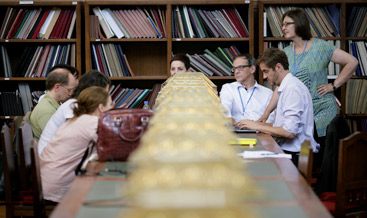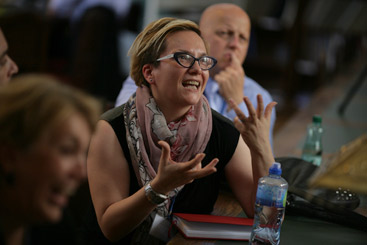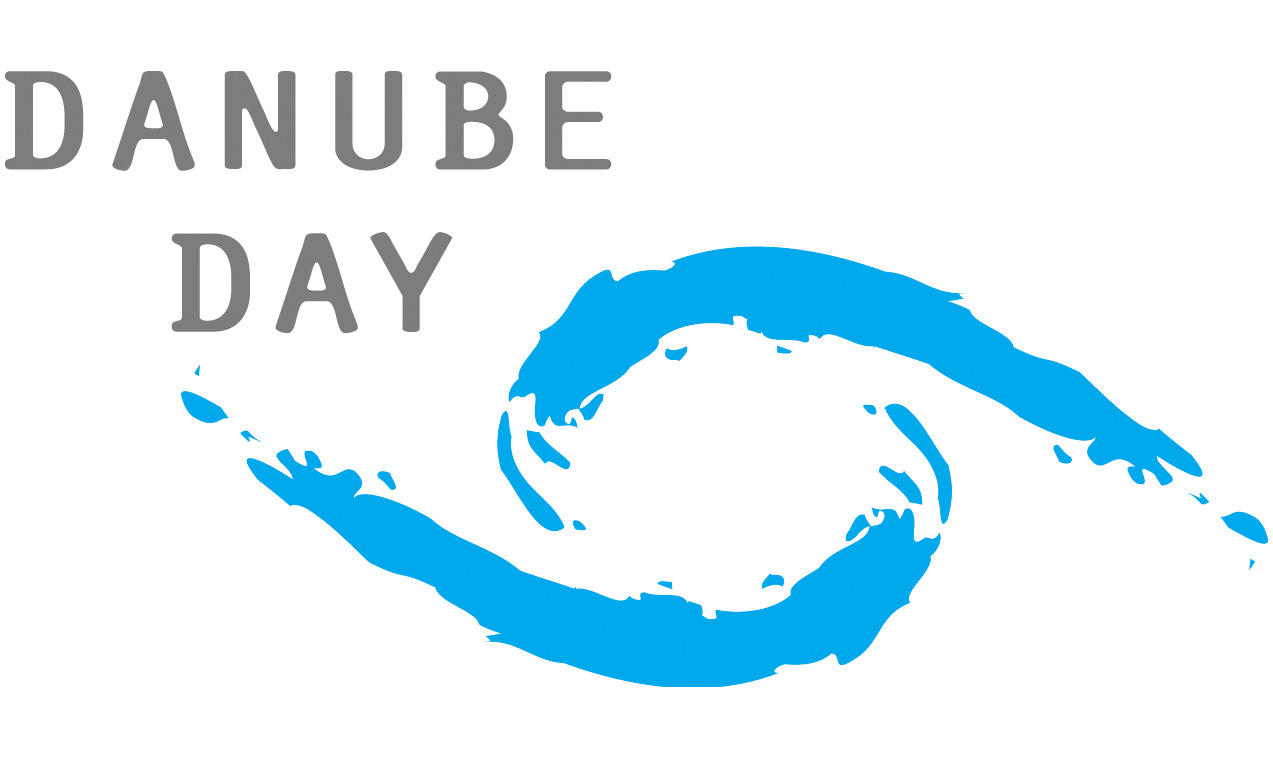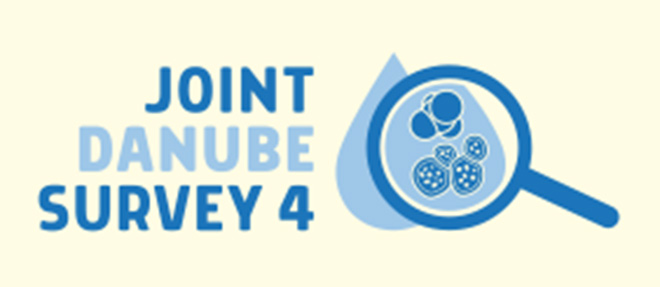The public river: why stakeholder management on the Danube matters
The public river: why stakeholder management on the Danube matters
For participation, like rivers and waters themselves, there can be no boundaries, and for true integrated river basin management to take place, public participation needs to take place at all levels of the ICPDR.

The ‘Voice of the Danube’ consultation workshop, held to discuss the draft Danube River Basin Management Plan Update 2015 (DRBMP) and the Flood Risk Management Plan (DFRMP), is one of the best and most current illustrations of stakeholder involvement. The workshop brought together over 80 participants representing a broad range of backgrounds, from academia, to the national and international public sector, to non-government organisations and corporate entities.
© ICPDR
Public participation is a process that directly engages the public in decision-making and gives full consideration to public input made in that decision. The ICPDR has been, from Day 1, committed to supporting public participation in its decision making. And why is that? Because we are convinced that public participation leads to broader support for policies and to more efficiency in implementing measures. We support the active involvement of stakeholders and civil society on all levels of our work. From conceptualising policies, to implementing measures, to evaluating impacts, the ICPDR involves stakeholders in the entire cycle of activities.
In practice, the ICPDR pursues public participation primarily through two avenues: the involvement of observer organisations in its ongoing work and specific activities that are dedicated to public participation and information. A third line of public participation activities are organised ad-hoc; these are stakeholder dialogues on specific integration issues. In particular, such activities have been organised for inland navigation, climate change adaptation, sustainable hydropower development and agriculture.

Incorporating public voices into the
ICPDR’s work. To accompany the development of these plans, public consultation was undertaken in three main stages, in which the ICPDR collected comments from the public on:
(1) the timetable and work programme including public consultation measures;
(2) the significant water management issues in the river basin; and
(3) the draft of the two management plans.
The opportunity to participate in each of these steps was promoted through the ICPDR network of contracting parties and observers, news items on the ICPDR website icpdr.org, the magazine Danube Watch, targeted media campaigns and a video clip that called stakeholders to get active in the consultation process. The video was used in national channels via the ICPDR network and can be found at: icpdr.org/get-active.

The Danube countries have committed to frameworks – in the form of the EU Water Framework Directive (WFD) and the EU Flood Directive – which demand public participation. Article 14 of the WFD and Article 10 of the Flood Directive specifically require countries to encourage participation from all stakeholders, and both plans have been developed with a range of public consultation measures.
© ICPDR
Bringing stakeholders together. One of the best and most current illustrations of stakeholder involvement was the stakeholder consultation workshop Voice of the Danube on the draft DRBMP Update 2015 and the DFRMP, which was held in Zagreb, on 2-3 July 2015. The workshop targeted specialists with expertise in water management, and was implemented by the ICPDR together with Global Water Partnership. In total, over 80 participants represented a broad range of backgrounds, from academia, to the national and international public sector, to non-government organisations and corporate entities.
The one and a half day event covered both the DRBMPlan Update 2015 and the DFRMP. Keynote speakers gave a short introduction to the plans and participants had the opportunity to make short statements, but the heart of the workshop comprised five topical sessions with moderated, interactive discussions. All participants worked on elements from both draft management plans regardless of their professional background. The input for both plans was of remarkable value.
Every citizen and every institution has a stake in the sustainable use of water and the future of the ecosystem services related to it. We know this and we demonstrate it through our devoted public participation expert group. Because there is no single stakeholder, no single formula that gets everyone involved, we gather input from a wide spectrum of stakeholder interests, resulting in a wide range of views and concerns and providing fair treatment, meaningful involvement and social inclusion for all people with respect to the development, implementation, and decisions made through the public participation process. Our task at the ICPDR is to balance these views and concerns, and reflect the decisions back so that the public understands how its diverse concerns have been considered.







